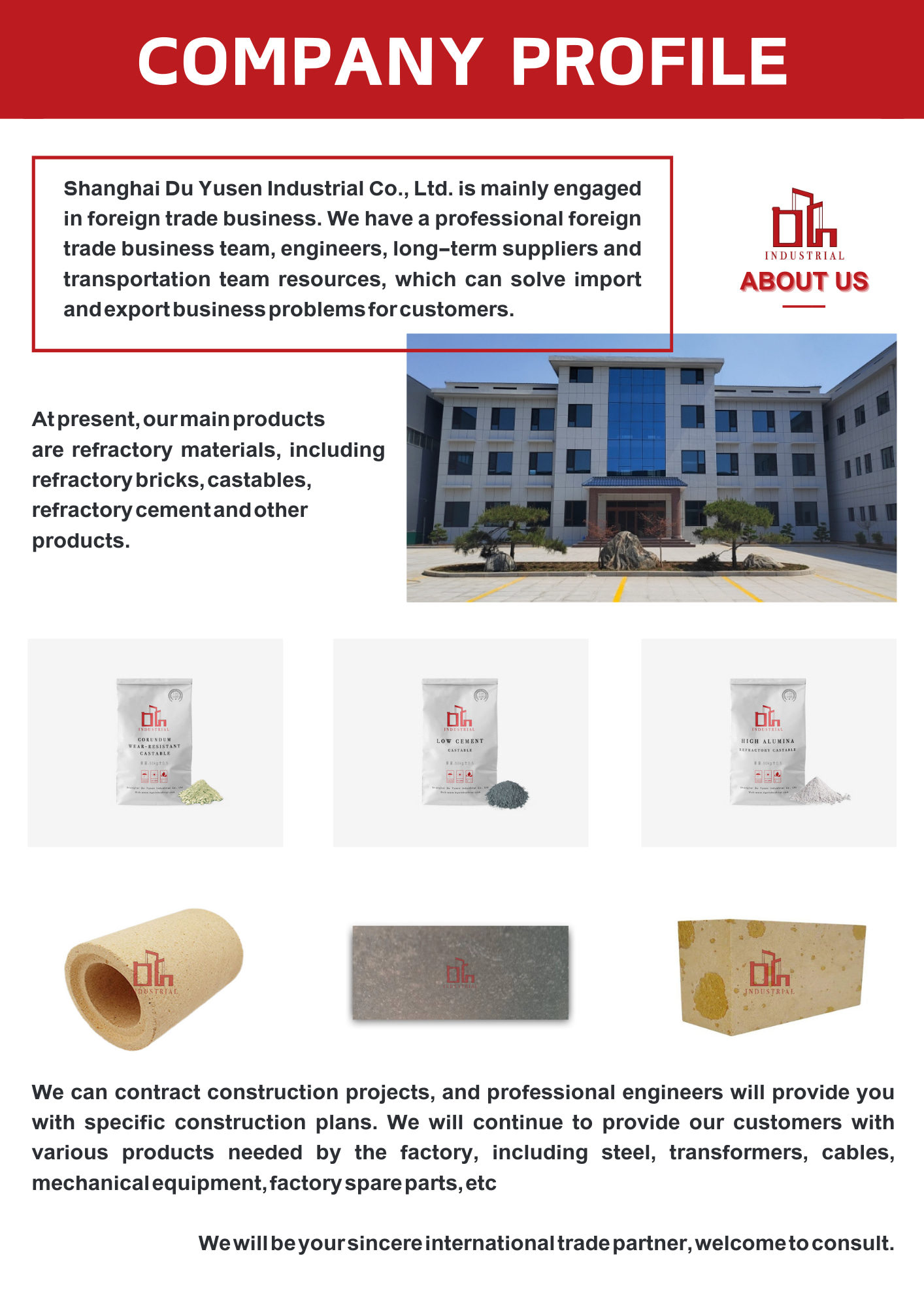A honeycomb ceramic regenerator is a type of heat exchange device used in certain combustion systems, such as industrial furnaces and heating equipment. It is designed to recover heat from flue gases and transfer it to the incoming combustion air, improving energy efficiency and reducing fuel consumption.
Payment :
In AdvanceProduct Origin :
ChinaShipping Port :
Shanghai PortLead Time :
15 Working daysProduct parameters:
| Product Name | Corundum Mullite Regenerator Honeycomb Ceramic |
| Color | white |
| Quantity of hole | 25x25, 32x32, 40x40, 43x43,50×50,60×60 |
| Work Temperature | 1700℃ |
| Material | Corundum mullite |
| Application | Steel plant, waste incinerator, waste gas treatment thermal equipment, chemical plant, metallurgical plant, power industrial boiler, gas turbine, engineering heating equipment, ethylene cracking furnace, etc. |
| Service | OEM/ODM |
| Sample | Free provided |
| Package | 1.Pallet+Plastic or Steel belt +Plastic film |
| (1)Wooden pallet size: 0.93*0.93m(standard brick) | |
| (2)Load weight of each pallet:Usually 1.5-1.7Tons, but 2.0 Tons at most. | |
| (3)20 Foot Container can be loaded 25-26Tons at most,about 13-16Pallets. | |
| 2.It's available to package according to customer's requirements. |
| Size (mm) | Quantity of channels | Wall thickness | Channel Width | Surface area | Void section | Packaging density | Weight per piece |
| 150×150×300 | 25x25 | 1.0mm | 4.96mm | 580m2/m3 | 0.68 | 696kg/m3 | 4.7kg |
| 150×150×300 | 40x40 | 0.7mm | 3.03mm | 891m2/m3 | 65% | 814kg/m3 | 5.5kg |
| 150×150×300 | 50x50 | 0.6mm | 2.39mm | 1090m2/m3 | 63% | 903kg/m3 | 6.1kg |
| 150×150×300 | 60x60 | 0.5mm | 1.99mm | 1303m2/m3 | 63% | 932kg/m3 | 6.3kg |
| 150x100x100 | 40x40 | 1mm | 2.5mm | 784m2/m3 | 49% | 799kg/m3 | 1.2kg |
| 150x100x100 | 33x33 | 1.1mm | 3.0mm | 691m2/m3 | 52% | 750kg/m3 | 1.13kg |
| 150x100x100 | 20x20 | 2.0mm | 5.0mm | 392m2/m3 | 49% | 692kg/m3 | 1.04kg |
| 100x100x100 | 40x40 | 1.0mm | 2.5mm | 784m2/m3 | 49% | 810kg/m3 | 0.81kg |
| 100x100x100 | 33x33 | 1.1mm | 3.0mm | 691m2/m3 | 52% | 750kg/m3 | 0.75kg |
| 100x100x100 | 20x20 | 2.0mm | 5.0mm | 392m2/m3 | 49% | 680kg/m3 | 0.68kg |
| Material | Loose Cordierite | Dense Cordierite | Cordierite Mullite | Mullite | Corundum Mullite |
| Al2O3, % | 33-35 | 35-37 | 33-35 | 59-61 | 69-72 |
| SiO2, % | 48-50 | 48-50 | 48-51 | 37-39 | 28-30 |
| Thermal Expansion (Room Temp.-1000%)×10-6/℃ | 1.5-1.8 | 2-2.5 | 2.0-3.0 | 4.2-5.0 | 4.5-5.2 |
| Thermal Capacity(Room Temp.-1000℃), J/kg | 750-900 | 800-1200 | 1100-1300 | 1100-1300 | 1300-1400 |
| Heat Shock Resistance ℃ | 300 | 250 | 300 | 230 | 260 |
| Softening Temperature℃ | 1280 | 1350 | 1400 | 1630 | 1680 |
| Refractoriness ℃ | 1360 | 1410 | 1480 | 1750 | 1790 |
| Max Service Temperature | 1200 | 1300 | 1350 | >1550 | >1600 |
The regenerator consists of a honeycomb-like structure made of a special ceramic material. The ceramic material is typically composed of a mixture of alumina (aluminum oxide) and other refractory materials. The honeycomb structure consists of a large number of parallel channels or passages that run through the entire length of the regenerator.
During operation, the regenerator alternates between two modes: the "inlet" mode and the "outlet" mode. In the inlet mode, the hot flue gases flow through the passages of the regenerator, transferring their heat to the surrounding ceramic material. In the outlet mode, the flow direction is reversed, and the cold combustion air passes through the regenerator, absorbing the stored heat from the ceramic material.
The high thermal mass and thermal conductivity of the ceramic material allow it to efficiently store and transfer heat between the flue gases and the combustion air. This thermal exchange process helps pre-heat the incoming combustion air, resulting in higher temperatures and improved combustion efficiency, while reducing fuel consumption and emissions.
Key characteristics:
Improved energy efficiency: By recovering and utilizing waste heat from flue gases, the regenerator helps reduce energy consumption and operating costs.
Lower emissions: The pre-heating of combustion air improves the combustion process and reduces the formation of pollutants, leading to lower emissions of nitrogen oxides (NOx) and other harmful substances.
Enhanced temperature uniformity: The honeycomb structure ensures a uniform distribution of heat, providing consistent and controlled temperature profiles within the combustion system.
Durability: The ceramic material used in regenerators is highly resistant to thermal shocks, chemical corrosion, and physical wear, ensuring long-term durability and reliability.
Applications of honeycomb ceramic regenerators can be found in various industries, including steel production, glass manufacturing, ceramic kilns, and industrial furnaces. They are particularly beneficial in high-temperature processes where efficient utilization of heat is crucial.
It is worth noting that honeycomb ceramic regenerators are just one type of regenerator design. Other regenerator designs may exist, utilizing different materials or configurations, but the general principle of heat recovery remains the same.



Tags :